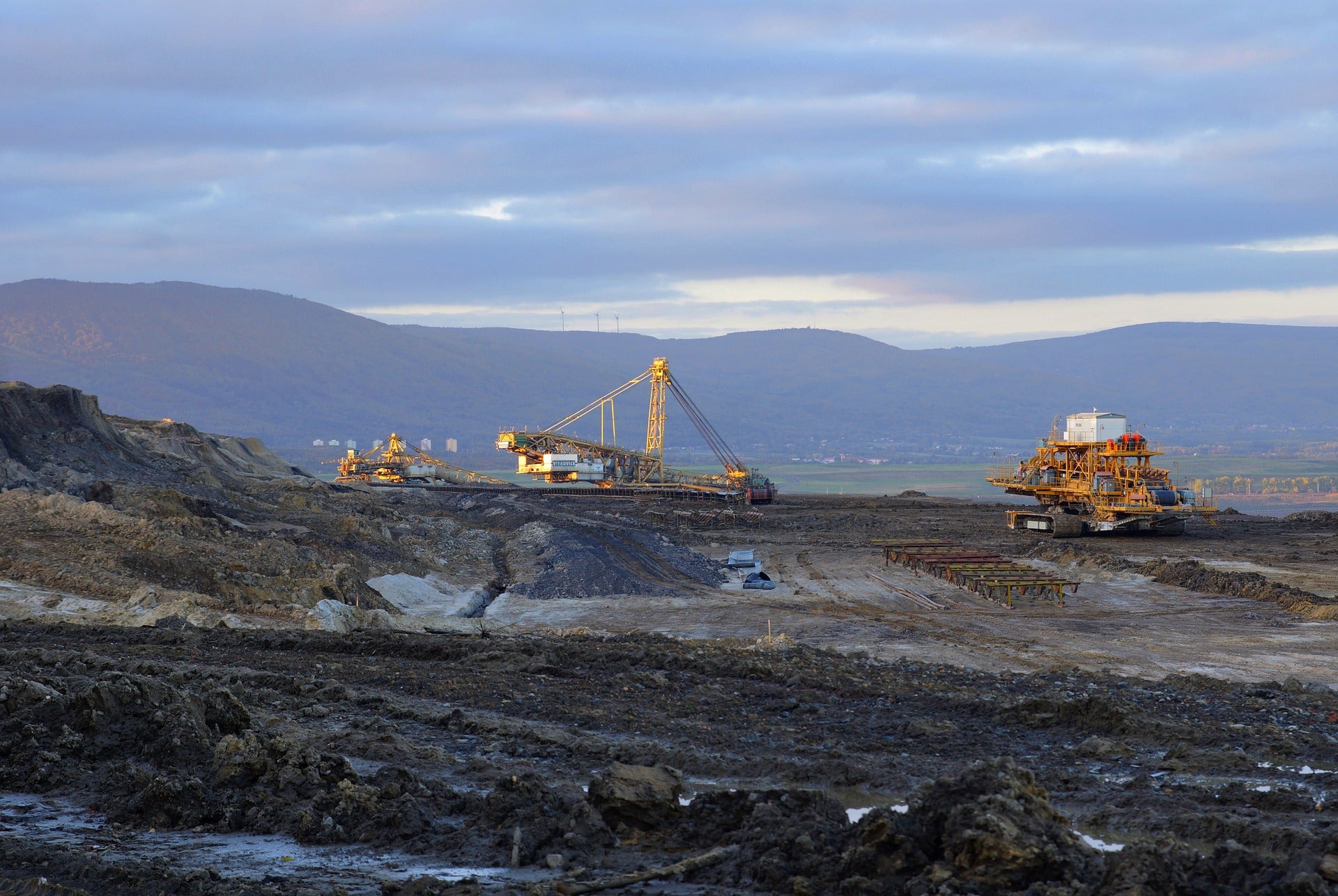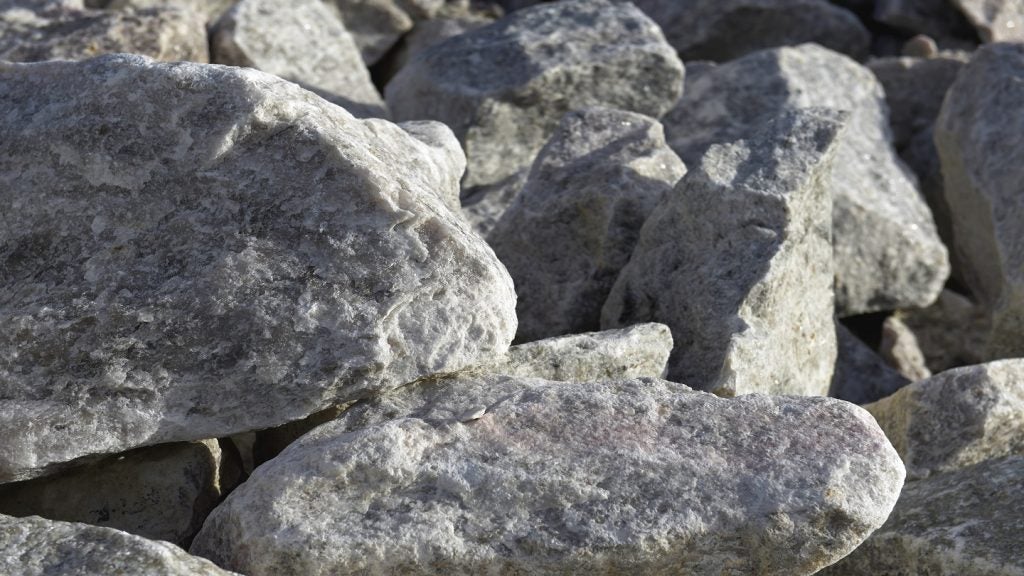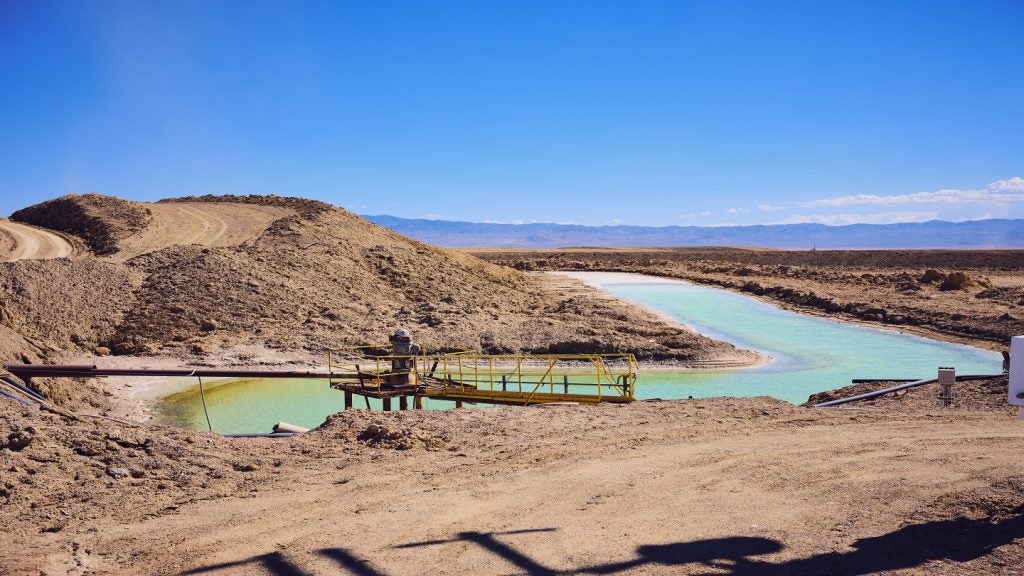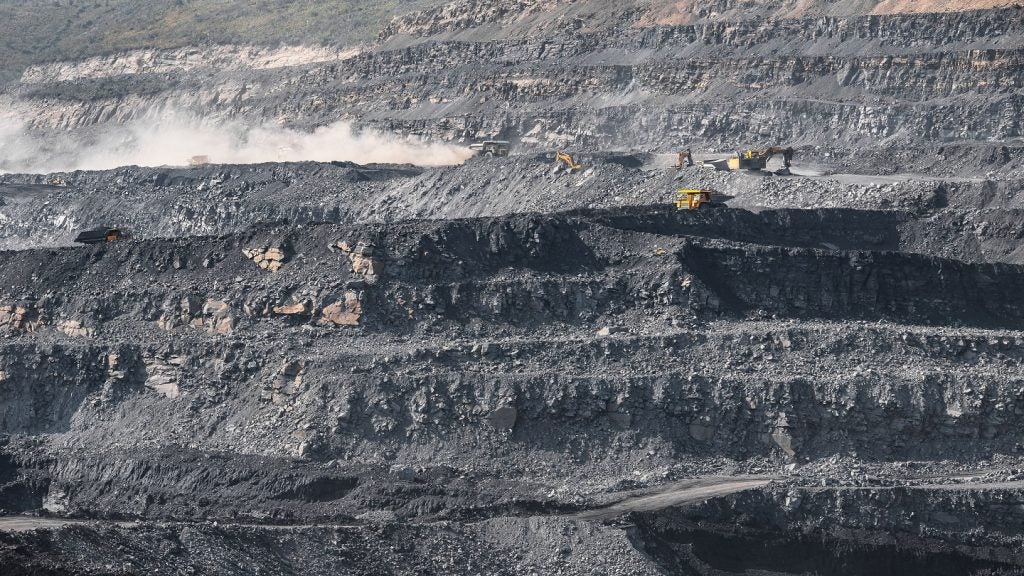
Electric cars were once a novel idea, but now, thanks to technological advancement and government mandates, they will be the dominant vehicle on many western roads by 2035. This shift has seen the demand for lithium-ion batteries that power them skyrocket, and in turn its production set to almost triple by 2025.
In September, China’s President Xi announced that his country would “step up support for other developing countries in developing green and low-carbon energy” which is expected to drive demand further.
Wealthier nations hail electric cars as a win for climate change mitigation, and with no emissions or fossil fuels required, this is not an inaccurate claim. But for the communities and ecosystems where lithium is mined, this transition instead represents the emergence of a new battleground.
“I call it the lithium fronter,” says Thea Riofrancos, a professor of political science at Providence College. “It refers to how mining expands in a very geographical sense, often bringing with it new environmental and social consequences and new types of political conflicts.”
In her second book – Brine to Batteries – Riofrancos looks to explore who will benefit from the new energy systems powered by this key chemical element and who will bear its costs. Will the transition reinforce or reduce inequality? Who will be the winners and losers and how will the battle play out?
The potential for environmental damage
Around 75% of the world’s lithium supplies are in the Andean region of South America, primarily in the dry and majestic Atacama salt flats – Salar de Atacama – that span Argentina, Chile and Bolivia, an area dubbed the ‘lithium triangle’. The chemical element can also be found in US, Europe and Australia.
How well do you really know your competitors?
Access the most comprehensive Company Profiles on the market, powered by GlobalData. Save hours of research. Gain competitive edge.

Thank you!
Your download email will arrive shortly
Not ready to buy yet? Download a free sample
We are confident about the unique quality of our Company Profiles. However, we want you to make the most beneficial decision for your business, so we offer a free sample that you can download by submitting the below form
By GlobalDataPrior to the pandemic, Riofrancos research took her to the Atacama Desert in Chile. The country is one of the largest producers of lithium globally. The conservative government is supportive of the industry, but despite an established history of mining in Chile, as the industry has expanded, so has contempt for projects with labour militancy, strikes and community resistance rising.
“Concerns have grown as the sector’s impact on the environment becomes clear. This is an area of extreme water scarcity due to copper and lithium mining and global warming,” explains Riofrancos.
Extraction has seen freshwater become less accessible to the eighteen indigenous communities and the flocks of Andean flamingos that inhabit the region.
A rising tide of extractive activism
Extractive activism in Latin America, Riofrancos believes, took root during the 2000 – 2014 commodities boom when rapid expansion occurred. Extraction was poised to affect people in places and nature in new ways, because of the sheer speed and size of growth.
“This unfolded over several years, but at a relatively rapid pace, with communities that may not have had experience with extractive projects before or that live in fragile ecosystems with sacred or ceremonial attachment to the land, faced with kilometres upon kilometres of earth being extracted, being forced to relocate, maybe with or without compensation,” she explains.
This saw several waves of protest against mining in Latin America, with communities and the social networks they operate in becoming bolder, more organised and more explicit about their concerns. Unfortunately, this has also seen activists lives put at risk, from state actors, state security forces, police, military, private actors, paramilitary and security forces.
Global Witness reports that 227 land and environmental activists were murdered in 2020 for defending their land, the highest number ever recorded for a second consecutive year.
“When you compare extraction activism over time, now you see more of an outright rejection of projects. Whereas in the past, communities may have been more open to negotiating terms. This is a new context that mining companies are operating in,” Riofrancos adds.
Extractive activism isn’t just confined to South America, it has risen in Australia and the US, and most recently, Portugal. Less wealthy communities around sites slated for large-scale open pit lithium extraction are fighting against the plans, fearing the environmental degradation.
“Whenever we look closely at conflict over extraction, there’s often multiple types of inequality at play; Portugal is a European Union country that is on the lower end of the hierarchy,” she says. “There’s a concerning pattern that often sees the most marginalised people get subjected to the most toxic sectors. The same can be said of Nevada where lithium extraction is expected to happen.”
Finding better ways to mine
If commodity markets enter a new expansion phase, which many expect, Riofrancos believes there will be more protests and resistance, especially as concerns about climate change increase. This costs time and money for companies and may even halt projects altogether. The question is then, is it possible to produce these much-needed minerals at scale without marginalising groups of people and destabilising already fragile ecosystems?
Riofrancos believes individual governments and the industry as a whole need to start taking a more holistic view of where mining might inflict the least harm, rather than any deposit discovered being fair game, as happens now.
“Some people are more vulnerable or marginalised than others, so there are projects where it makes sense to have a moratorium,” she explains. “Many places in the world have lithium deposits, it would be nice if we lived in the type of society where we could actually evaluate which places would create the least environmental harm, but there’s no overarching body at the national or international level to monitor this and say where extraction is best or least placed to happen.”
She adds that more effort should be put into early-stage piloting of extracting lithium from geothermal deposits, as is happening in Germany and the UK, because it’s more environmentally friendly with a lesser geographical footprint.
“Additionally, Germany, for example, is a country that is wealthy and can afford forms of compensation as needed, it’s a really a different situation,” she adds.
Another suggestion is focusing more on demand reduction. “There often isn’t much critical thinking about how we can reduce demand, to do things in a resource intensive way doesn’t make the energy transition faster because each extractive project has the potential to be a battlefield, there are real grievances that communities have that are not being addressed by corporations or states,” she adds.
How can the industry better engage with the industry and address their concerns then?
“It might be controversial to some of your readers, but I don’t think the solution will come via an initiative from the industry itself because there will be no binding public oversight, there is a real role for regulation. And I know that industry never likes to hear that. But it’s just the case,” she says. “Where does that regulation come from? Often it starts with really sustained activism on the part of constituents, as is happening now, and ends with policy.”







